 Workers at the Arbol Verde sawmill in the Petén region of Guatemala process lumber.
Kareen Argueta, USAID
Workers at the Arbol Verde sawmill in the Petén region of Guatemala process lumber.
Kareen Argueta, USAID
 Workers at the Arbol Verde sawmill in the Petén region of Guatemala process lumber.
Kareen Argueta, USAID
Workers at the Arbol Verde sawmill in the Petén region of Guatemala process lumber.
Kareen Argueta, USAID
In Petén, the largest and northernmost region of Guatemala, villagers joke that the green color of the U.S. dollar comes from xate, a leafy ornamental plant they harvest for export to the United States. In fact, the plants are used for floral arrangements, especially around Easter, and for weddings and funerals—and xate does generate dollars for the community and the country.
Guatemala earns more than $1 million each year from the plant, much of it grown in Petén. And now, more sustainable harvesting practices are ensuring that xate and other members of the plant kingdom contribute to building a better future for communities and individuals.
With support from USAID and the Rainforest Alliance, communities are learning sustainable logging techniques, and have obtained certification from the Forest Stewardship Council (FSC). The certification lasts five years and opens up new markets and an opportunity for greater profits.
Petén is a region with a poverty rate above the national average in a country where 13 percent of the population lives in extreme poverty and nearly 50 percent of all children under age 5 suffer from chronic malnutrition. Parts of the territory are threatened by illegal activity, including drug trafficking, illegal cattle ranching and deliberate fires. Petén is also home to 67 percent of Guatemala’s protected areas, and to the Maya Biosphere Reserve, one of the largest areas of tropical forest north of the Amazon.
These vast natural resources present an opportunity to address Petén’s pressing challenges as well as the global challenge of climate change. Since 1990, the Government of Guatemala has worked with USAID and other U.S. Government agencies, nonprofit organizations, other donors, and national and local stakeholders in a historic partnership to protect and conserve this valuable geographic location.
Worldwide, approximately 12 percent of emissions that contribute to climate change are caused by forest loss. The Maya Biosphere Reserve is the principal carbon reservoir in Central America, with more than a half million tons of carbon dioxide, enough to offset emissions from more than a million cars annually.
“Conserving the Maya Biosphere Reserve is an important step in tackling climate change. Climate change is a global challenge, and every action counts,” says Teresa Robles, USAID/Guatemala land tenure and policy adviser. “It also offers a much-needed opportunity for economic development and stability for the country and the region.”
Creating a more sustainable future in the region is an ongoing effort that can be traced back nearly 20 years when Guatemala emerged from a bitter, decades-long civil war in 1996. As the government re-established control over the logging sector in Petén, it planned to hand concessions to logging companies instead of to the communities who had lived there for generations—in many cases, for centuries. At the same time, desperate economic circumstances and ongoing insecurity led to rampant illegal logging, forest fires, slash-and-burn agriculture and a wide range of criminal activity, including the looting of Guatemala’s archeological heritage.
Community leaders in Petén and their allies imagined a different future, and fought for community control of natural resources as well as for the creation of the biosphere reserve. They faced opposition and threats from a broad range of skeptics, including those who felt that communities would not be able to manage the forests effectively or sustainably.
“Some didn’t want to have to contribute to the efforts, others said we wouldn’t achieve anything, others said it was a lie, others said we were trying to steal from them,” says Salvador García Rodríguez, a community leader in Uaxactún, northern Petén, and vice president of the local forest management organization, OMYC (Management and Conservation Organization).
Community leaders persevered and, in 2000, 12 communities won a 25-year concession to nearly 84,000 hectares—an area slightly larger than greater New York City—in the multiple-use zone of the reserve. In practical terms, this meant that they now had the right to manage the forests around their communities and make a living from the resources that surrounded them. But the real work was just starting. Communities had to organize themselves, ensure they complied with government regulations, and prove that the concessions could be managed in a responsible yet profitable way.
A Forest’s Value
Arbol Verde is one community organization whose members have benefited from training and certification from FSC. Every year, Arbol Verde turns in a logging plan to the Guatemalan Government, using a standardized classification developed by the government with USAID support. This allows everyone to use the same standards and language when determining which trees to cut—for instance, classifying seed trees that cannot be cut or sick trees that should not be cut. It limits logging of specific species and the total logging in any given area to ensure the forest can regenerate itself. And it helps the government monitor the overall amount of logging.
To earn more while cutting fewer trees, communities have learned how to sell higher quality wood and finished products, including furniture. “The more value we add to a product, the more we earn. And the jobs stay here,” says Joel Pacheco Mangandí, president and legal representative of Arbol Verde.
Depending on the season, Arbol Verde employs between 70 and 80 people to cut and process the wood as well as perform administrative duties. Its 340 members all receive a share of the income at the end of the year. From 2008 to 2013, the total average annual income was about $419,000. Many members have used this money to build more durable zinc roofs for their houses, instead of palm leaves, and cinder block or wood walls.
USAID has provided workshops on design and carpentry. Now, 20 percent of Arbol Verde’s wood goes to its furniture workshop, and another 30 percent to local carpenters, ensuring that more money stays in the community. The other 50 percent is sold in high-value markets such as the United States and Spain. Finished products can be sold for 40 to 60 Guatemalan quetzales (approximately $5-$8) per foot of wood, as opposed to 8 to 12 quetzales ($1-$1.50) for the raw material. As a result, says Mangandí, “we now see the value of the forest; that [it] gives more if it’s still standing than if it’s destroyed.”
People in this community take action to protect their resources, including patrols to reduce the risk of forest fires. They have not had a fire in 13 years. Outside the community managed areas, fires are an annual occurrence.
In the past seven years, these community timber concessions have generated 16,000 jobs in the region and $41 million, which goes back to the community. Equally important, deforestation has been reduced to just 1 percent each year, much of which is outside of the multiple-use zone.
To consolidate these efforts, USAID supports Guatecarbon, the Government of Guatemala’s REDD+ program. It aims to measure the amount of forest conserved under improved management practices, and translate that amount into carbon. The amount of carbon stored in the forest is compared to a baseline estimate of how much deforestation would have occurred without the improved management and incentives. As Guatecarbon progresses, communities can earn carbon credits representing tons of carbon conserved, and donors or buyers can purchase these credits, with proceeds supporting ongoing community development projects.
“The baseline estimate of deforestation was developed from an in-depth analysis of current trends and risk factors,” says Harry Kriz, deputy director of USAID/Guatemala’s Economic Growth Office. “It has brought a new level of rigor to the project, including ongoing monitoring to ensure that the conservation gains made in the focus area are not undermined by increased logging and forest degradation elsewhere.”
USAID has provided vehicles, radio telecommunications, technical expertise and other assistance to support government enforcement efforts and patrols. Aerial images, taken annually, have helped the government focus in on problem areas, and analyses have determined that many of the threats come from the southern part of the reserve. The government undertakes joint operations between the military, police, the National Council on Protected Areas, and representatives from community concessions to secure these areas.
Everything’s Coming up Xate
In addition to revenue from timber furniture and carbon, USAID and communities have explored other sources of income to improve quality of life and reduce pressure on forests. Xate is a major component of this effort.
Xate has long been an important source of income for the region, but previously, most of the proceeds went to intermediaries. They would come into communities, buy large quantities of the plant—of varying qualities—at a low price. They then discarded whatever xate they could not sell, leading to large amounts of waste.
USAID support enabled communities to cut out the middlemen, increase incomes and reduce waste. Now each community has approximately 10 seleccionadoras, women who sort through the xate as it comes in. Others bundle up stems, wrap them in paper and tie them with colored string to indicate the community that sold it. Harvesters—about 20 per community—are paid only for the export-quality branches, and as a result cut less and have a lighter load to carry down the mountain. They are required to leave at least two stems on each plant to ensure that it will grow back quickly.
From the community, the xate bundles are sent to a bodega that collects the plant from five communities in Petén, Friday through Tuesday. The xate is stored in a refrigerated container with water until the following Tuesday night, when it is sent to Guatemala City, and from there to the United States.
The bodega is run by Melvin Barrientos, 30, a former xate harvester from Uaxactún. He has observed the community and sea change shifts it has made. Without the changes, he says, the xate “would have already run out. We would not have any left.” And now, the jobs stay within the community.
In Uaxactún, the community has seen the benefits firsthand. Elena Choc Bó, 46, says that xate makes a huge difference to the women of the community, and in her own life. Before, Choc Bó cooked and stayed home with her children and took care of her mother. Now, she works in the bodega and as a member of the board of directors of OMYC. A single mother, she has been able to pay for her children’s studies. Her oldest son is studying at the police academy in Guatemala City, and another grown son returned to work in the community after completing his studies. Her four youngest children are still in school.
In all, 25 women work with xate in Uaxactún, and run a nursery to cultivate three different varieties of the plant.
“It helps them every day, all year long,” says Choc Bó. “It’s the work of the whole year. It’s what sustains us.”
The community receives a percent from timber and non-timber products, and determines ways to use it via the general assembly, including for education and health care. A particular point of pride is the community school, which now includes four years of high school and is staffed by local teachers. Having teachers from the community educating the next generation is like a dream, says García Rodríguez, that they are only beginning to believe is real.
Reducing Emissions from Deforestation and Forest Degradation
Forests, farms and other landscapes store carbon in their plants and soils, and they release this carbon to the atmosphere when they are disturbed or destroyed. All land uses, including agriculture and tropical forest clearing, together account for about a quarter of global greenhouse gas emissions. This means sustainable land use is critical to curbing the heat-trapping emissions that cause climate change.
Forest clearing alone causes nearly 12 percent of global emissions, making reducing emissions from deforestation critical to tackling climate change. USAID works in dozens of countries across Asia, Africa and Latin America to support sustainable management of tropical forests. Measuring and managing forest carbon is an increasingly important part of this work, guided by the U.S. Strategy for Reducing Emissions from Deforestation and Forest Degradation (REDD+). REDD+ is an emerging global policy approach that includes providing financial incentives to countries and communities that reduce deforestation.
REDD+ activities include measuring, monitoring and reducing emissions from forest carbon, and they give communities a way to get credit for their efforts safeguarding forests. Most REDD+ projects also work to engage forest communities in developing productive, sustainable livelihood activities.
As many as 350 million of the world’s poorest people use forests intensively for subsistence and survival, and an estimated 1.2 billion people rely on forests to some extent for food and livelihood activities, according to the U.N. Food and Agriculture Organization. Curbing climate change is only one of the benefits of protecting tropical forests. But better valuing forests’ important role in carbon storage may be an important part of ensuring there is economic value in protecting forests.







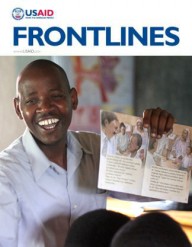



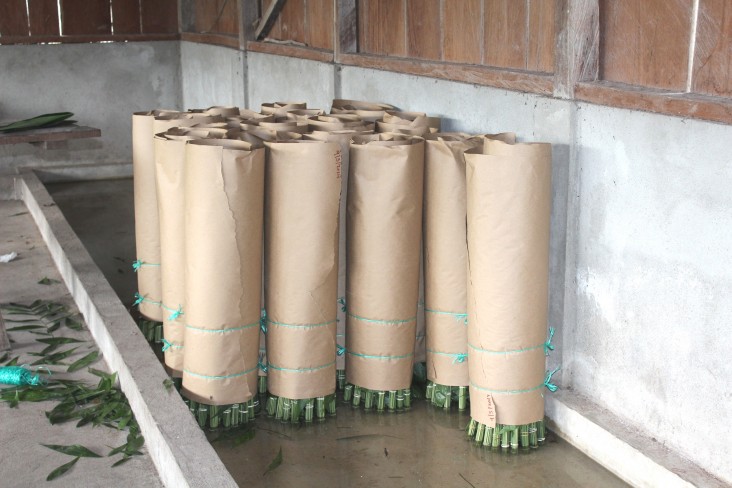
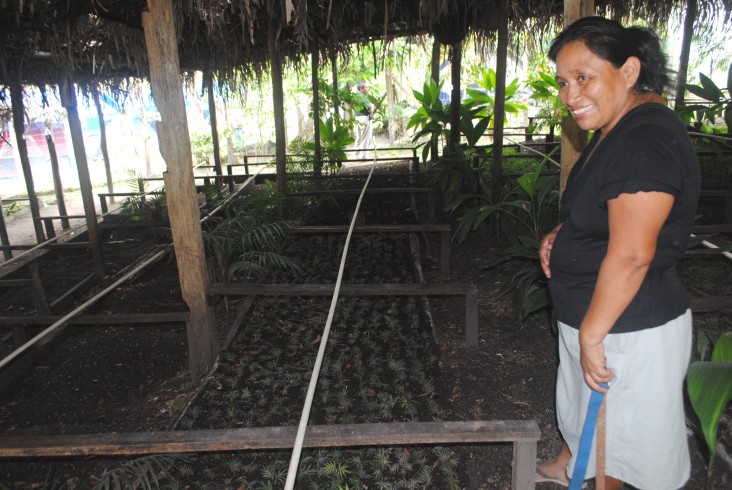
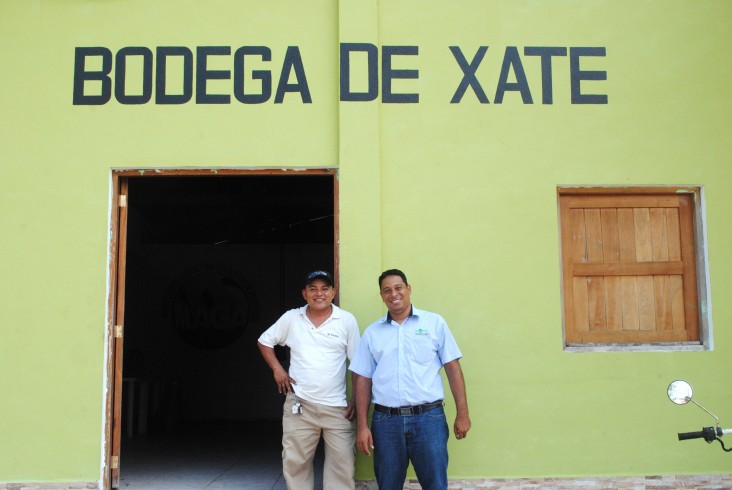
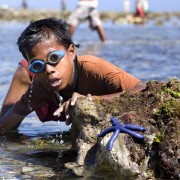


Comment
Make a general inquiry or suggest an improvement.